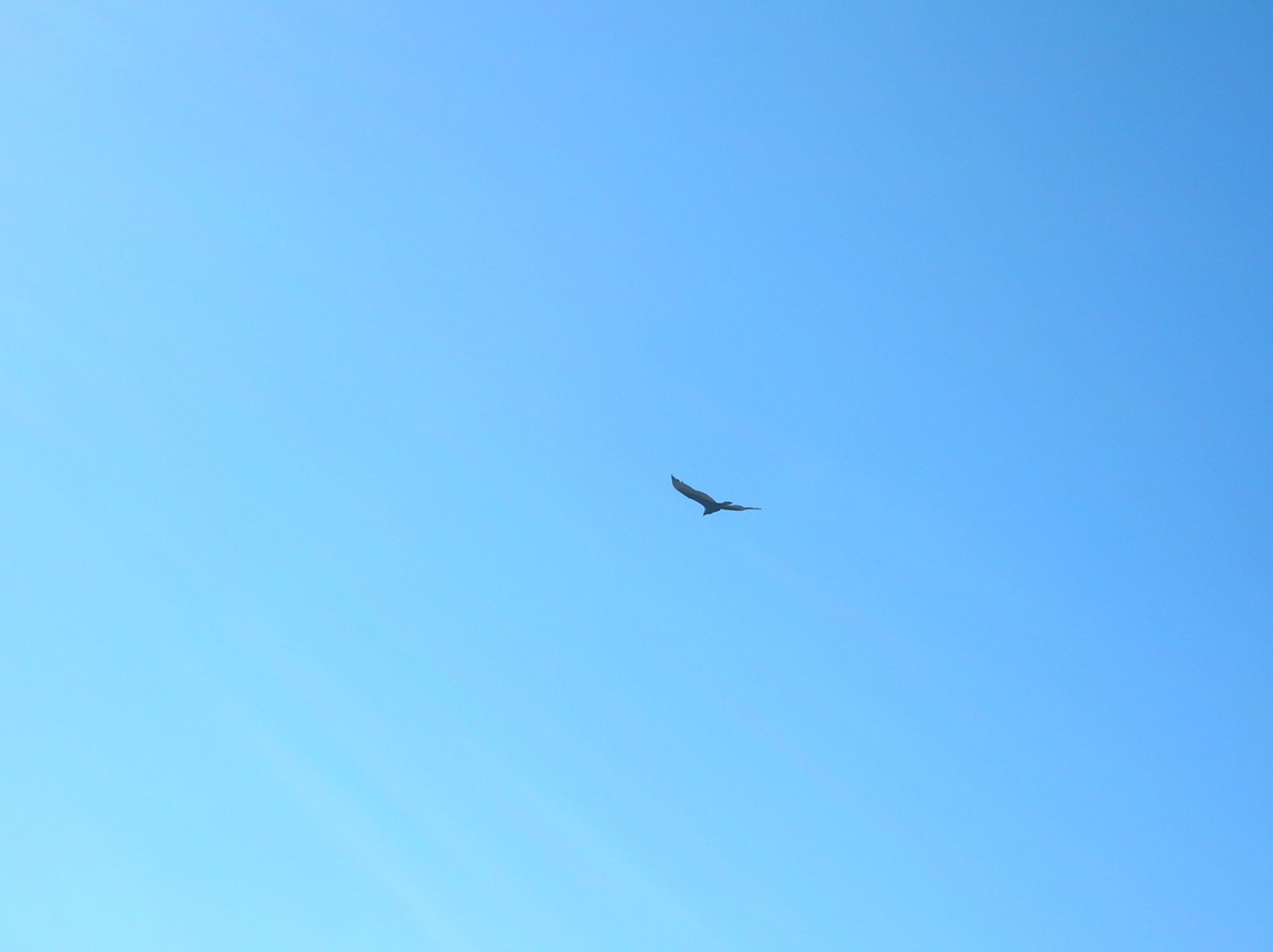PLEASE NOTE THAT THIS COURSE DOES NOT USE CANVAS
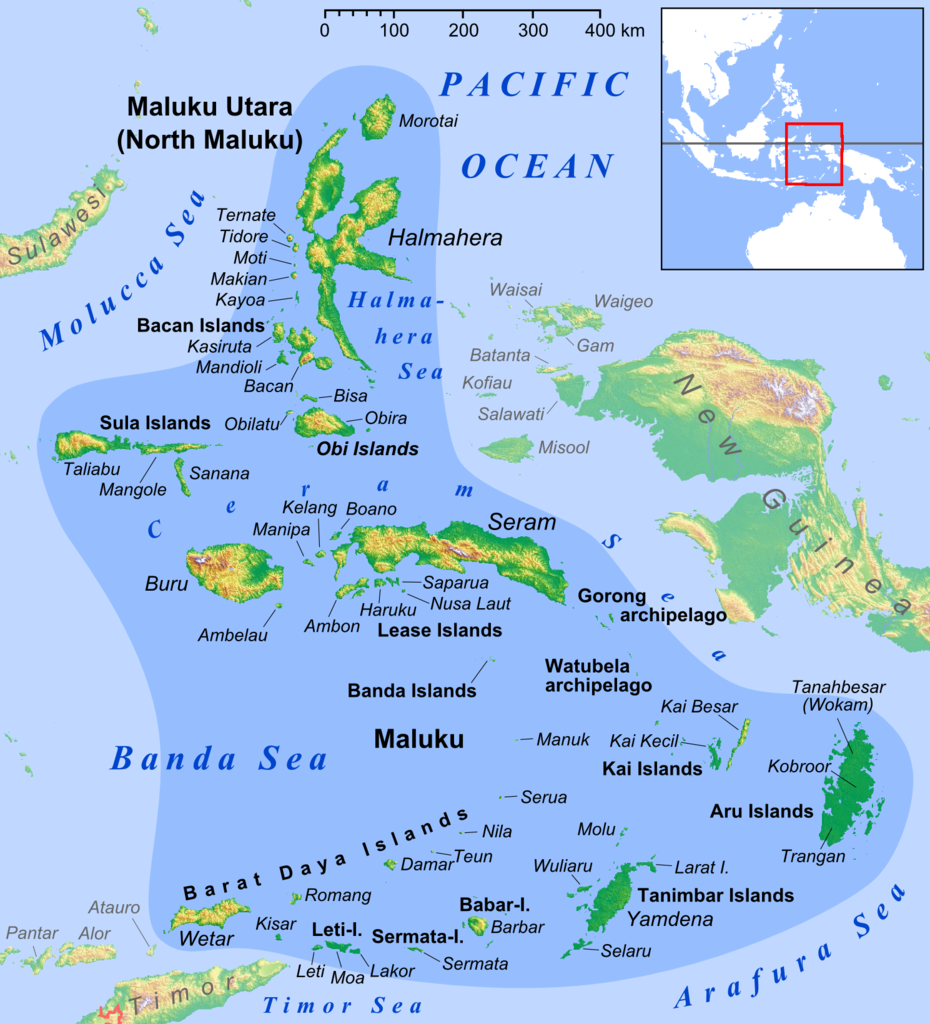
HISTORY 376/ What is this course about?
History 376, the Iberian Pacific, is a 4 credit history course which considers the history of Southeast Asia before and after the arrival of the Portuguese, Spanish, and later, the Dutch.
For History majors, this course fulfills the requirements for world history or regional history.
INSTRUCTOR/ Who is teaching this course?
Prof Mary Halavais: halavais@sonoma.edu I’m a professor in the History Department. My research involves Early Modern Spain and all that it touches on.
Office hours: Monday and Wednesday 12-1:00., and Monday and Wednesday 2;15 – 2:45. The office is Stevenson 3708.
Email me if you have a question, or if I can help you with the course material in any way.
LEARNING OBJECTIVES/What will I learn in History 376 this semester?
History 376 is designed to provide you with both content knowledge and specific academic skills.
In terms of content you will acquire 1.familiarity with key ideas and important events in the early modern Pacific and in its interactions with Europe and the New World. You will also gain 2. an appreciation for the different kinds of sources and varied methods used to study these areas.
In terms of academic skills History 376 will develop your 1. critical reading ability, as you read and work with the assigned material each week. Your 2. writing and analytic skills will improve as you work on essays and presentations, and you will also begin to appreciate the importance of 3.collaboration in academic work.
BASIS FOR GRADE/ How will I be evaluated or graded in History 376?
Your grade in the course will be based upon the following work
15% Class participation
25% Midterm essay exam
30% Two presentations in class (15 % each)
30% Final essay exam
Exams are essay format, and require you to cite liberally from the material you have been reading and viewing. Cite your sources; give credit to others for their ideas.
Plagiarism in this course will result in your failing the course as a whole, in addition to whatever penalties the University imposes. Please see the University catalog.
Class Protocol
Please remember to treat your fellow students (and your professor!) with respect at all times. This means listening carefully and quietly to what each person has to say.
Your professor will try to speak clearly and slowly (which will be a challenge! Please tell me if I need to speak more slowly.) She asks that you do the same. If at any point you are uncomfortable with what is happening in class, please talk with the professor right away. We learn best in a comfortable environment!
Students with Special Needs
If you are a student with special learning needs, and you think you may require accommodations, your first step is to register with the campus office of Disability Services for Students, 707-664-2677. DSS will provide you with written confirmation of your verified disability, and authorize recommended accommodations. You then present this recommendation to the instructor, who will discuss the accommodations with you.
Unforeseen circumstances and class interruptions
California has fires, floods and earthquakes, in addition to pandemics. We can’t predict when these events will happen – but we can adjust the course requirements, and the way the course is taught, so that we continue to go forward.
The Syllabus
History 376 should be a collaboration. Students, as well as the instructor, can be involved in deciding what is important to study. This syllabus is not set in stone! If you are interested in a particular topic and would like to learn more about it, please let me know.
SCHEDULE WEEK BY WEEK:
January 22 – Pacific worlds
REQUIRED READING AND VIEWING
Matsuda, Matt, Pacific Worlds: A History of Seas, People and Cultures (Cambridge U., 2012) pages 9-48.
QUESTION: Why do you suppose we are taught so little about the Pacific world in schools in the US and in Europe?
________________________________________
January 29 – Portugal
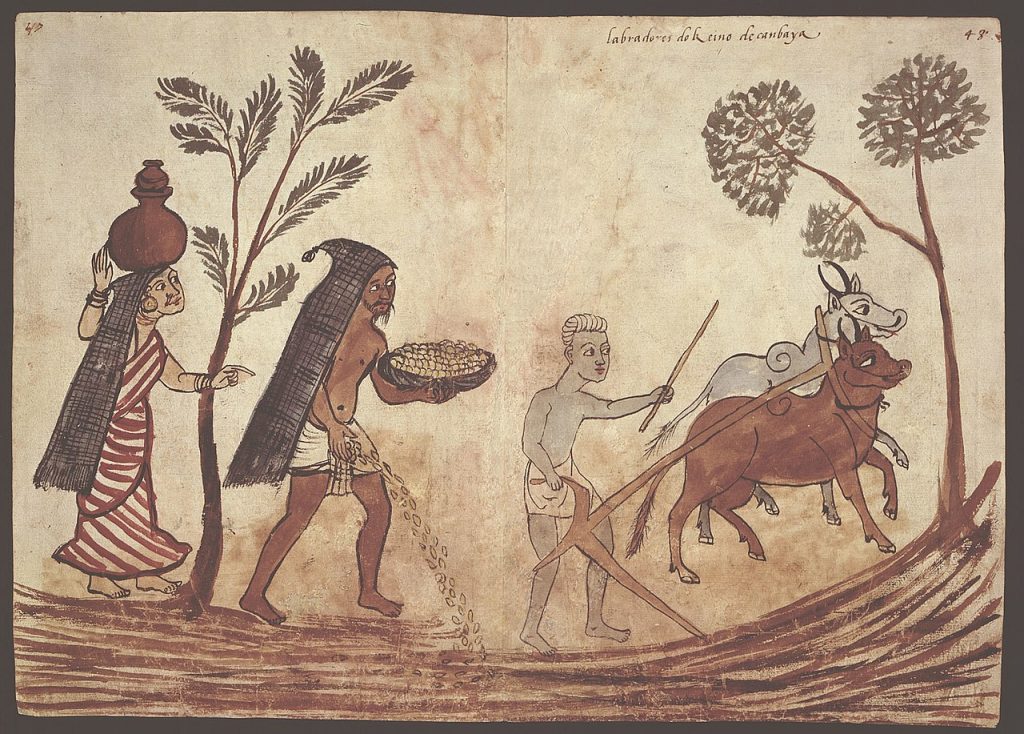
REQUIRED READING AND VIEWING
Diffe and Winius, Foundations of the Portuguese Empire (U Minnesota, 1977) 166-186, and Maps and charts beginning at 192a.
Video: The Spice Route 1 hr 40 min
QUESTION: The text you read this week, from 1977, mentions Portuguese “exchanging” prisoners for natives, and then returning those natives to their homes. The film, from 1999, made by a German director, does mention the Portuguese role in the slave trade. How important is it to mention this activity of the Portuguese, in terms of their history of exploration and trade? Please provide reasons for your response.
________________________________________
Feb 5 – Vasco da Gama
REQUIRED READING AND VIEWING
En Nom de Deus: The Journal of the first voyage of Vasco da Gama to India (Brill, 2009) pages 1-69.
Barbosa, Duarte. A description of the coasts of East Africa and Malabar. (Hakluyt Society) pages 29 and 34-65, google numbering.
Take a look at pages 25 and 27 (copies of original)
RECOMMENDED READING
de Camoes, Luis, The Lusiad.
You many find the many introductions interesting as well.
QUESTION: Both of your readings are primary sources. As you know, historians “privilege” primary sources, but we often work with secondary sources – monographs, articles and the like, written by people who weren’t there. How are secondary sources useful to you as a young historian? How might you engage with secondary sources, like your readings from the first two weeks, differently than you would with a primary source?
_______________________________________
Feb 12 – Strait of Malacca

REQUIRED READING AND VIEWING – DUE FEB 19
Matsuda, Matt, Pacific Worlds: A History of Seas, People and Cultures (Cambridge U., 2012) pages 49-74.
Evers and Hornidge, “Knowledge Hubs along the Straits of Malacca”
Presentitions:
Feb 12
Feb 14 Joshua K, Matt
QUESTION: The Portuguese used force to establish themselves in the Indian Ocean, but – given the established system, and the difference in culture between the Portuguese and others – would any other method have worked?
________________________________________
Feb 19- Spain and Circumnavigation
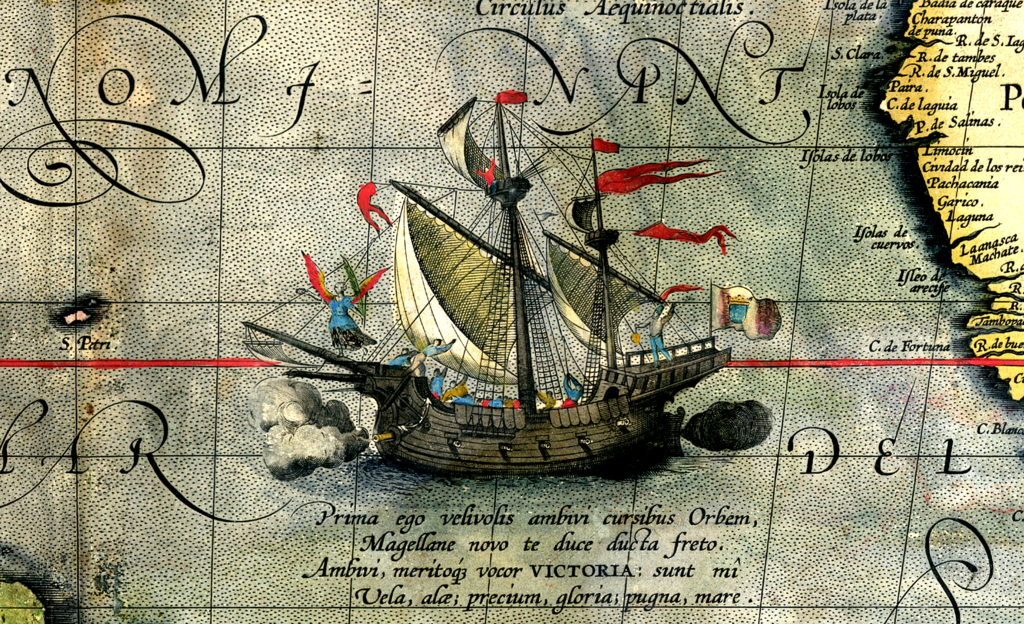
REQUIRED READING AND VIEWING – DUE FEB 26
Kelsey, Harry, The First Circumnavigators (Yale, 2016) Chapters 1 and 2.
lecture: Ignacio Gallop-Diaz, “Great Voyages: Ferdinand Magellan, ‘Our One True Guide'”
Presentations:
Feb 19 Talia
Feb 21
QUESTION: why do you suppose that there were so many attempts at mutiny on these voyages – or do you think that that was simply the way life on board a ship usually played out?
_________________________________________
Feb 26: To the Philippines
REQUIRED READING AND VIEWING – DUE MARCH 4
Kelsey, Harry, The First Circumnavigators(Yale, 2016) 60-128.
Giraldez, Arturo, The Age of Trade (Rowman and Littlefield, 2015) 1-60.
Presentations:
Feb 26 no class meeting
Feb 28 Julie
QUESTION: China, as you know, was always willing to buy or exchange for silver. Please show me how China’s demand for silver could drive world trade in the 1600s and 1700s, using information from Giraldez. Would European activity in the Pacific have been different if Chinese demand for silver did not exist?
________________________________________
March 4- Spain in the Pacific: Maps and Stories
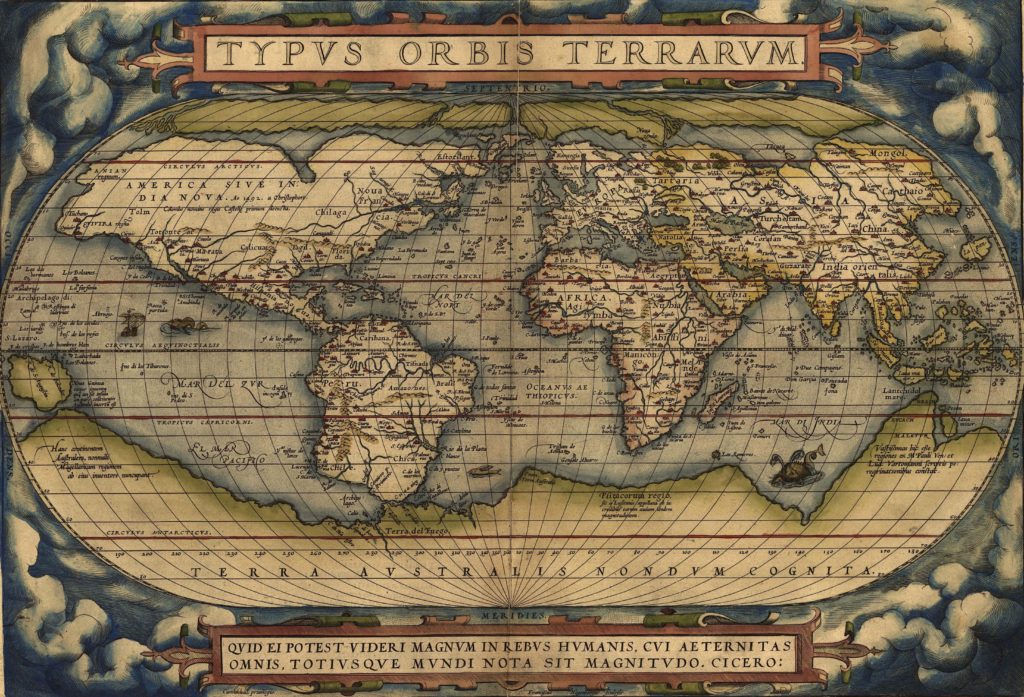
REQUIRED READING AND VIEWING – DUE MARCH 11
Maroto Camino, Mercedes, Producing the Pacific: Maps and Narratives of Spanish Exploration (Brill, 2005) 15-126.
Presentations:
Mar 4 Wesley
March 6
QUESTION: Should we consider the early voyages from the New World to the South Pacific failures? If so, why, and if not, why not?
_________________________________________
Mar 11 MIDTERM EXAM WEEK
Your midterm exam is an essay of 2100 words (6 pages)., or two shorter essays – your choice. You will have at least two topics, emailed on Sunday March 10, to choose from. Your essay must use Chicago (Turabian) citation format, and you should include sources from the required and recommended reading. The essay is due to halavais@sonoma.edu by 11:59 pm, Sunday March 17.
Presentations
March 11 Juan
March 13
________________________________________
Mar 18 SPRING BREAK
________________________________________
Mar 25 – WEEK 10

REQUIRED READING – DUE APRIL 3:
Manila Galleon, Part I (63-192)
Presentations
Mar 25
Mar 27 Seb and Marcos
___________________________________
Apr 1 – WEEK 11
APRIL 1 HOLIDAY – CÉSAR CHAVEZ DAY
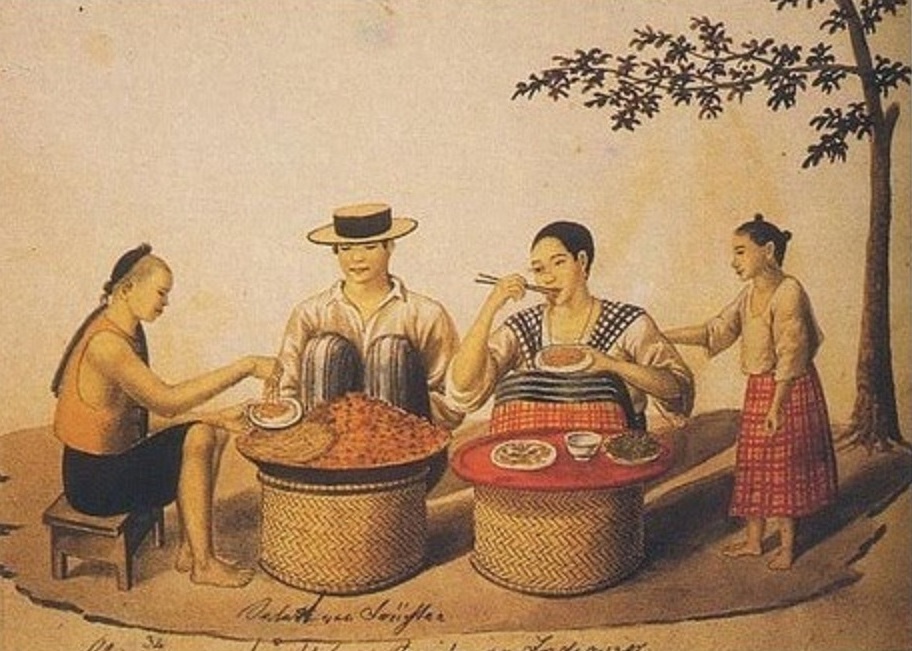
REQUIRED READING – DUE APRIL 8
The Age of Trade, Chapters 3 and 4 (61-119)
Manila Galleon, Part II (193-286)
Presentations:
APR 3
QUESTION: This region of the world – China, Taiwan, the Philippines and the other countries of the South Pacific – has drawn the interest of politicians and diplomats recently. How might an understanding of the longer history of the region influence those who are interested in it?
Apr 8 – WEEK 12
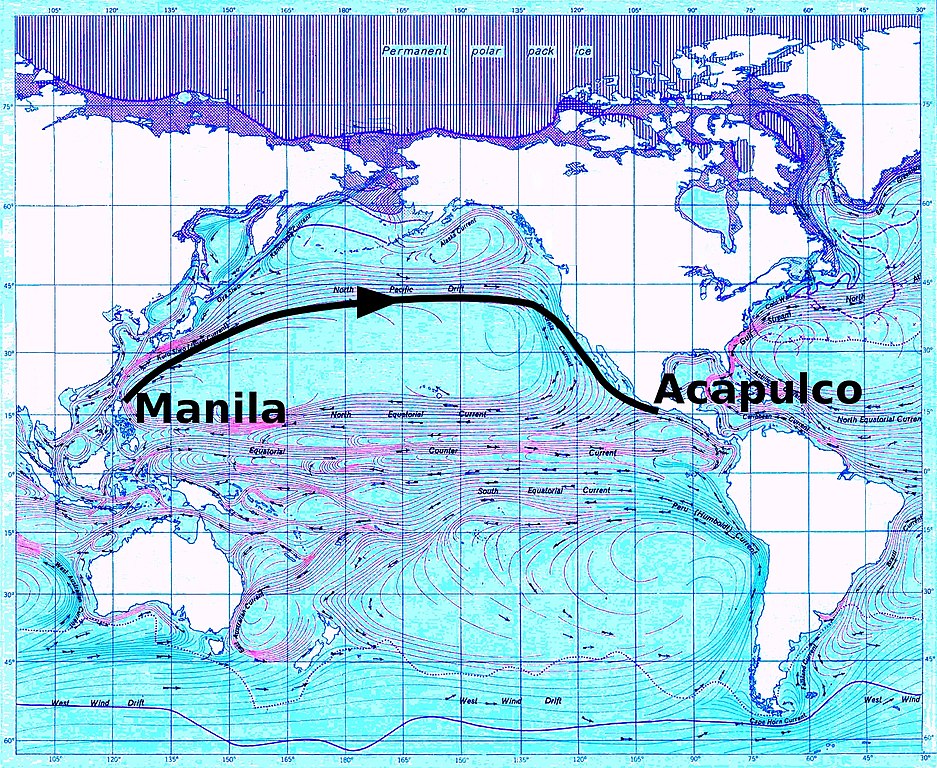
SOURCE: U.S. ARMY
REQUIRED READING – DUE APRIL 15
The Age of Trade, Chapters 5, 6, and 7 (119-191)
“The Manila Galleon Trade,” Metropolitan Museum of Art
Manila Galleon Voyages, NOAA
Presentations:
Apr 8 Juan & Julie
Apr 10 Talia
QUESTION: Why was the Spanish Crown in Madrid unable to control Manila Galleon trade in the New World effectively? What methods might they have used to do this?
Apr 15 – WEEK 13
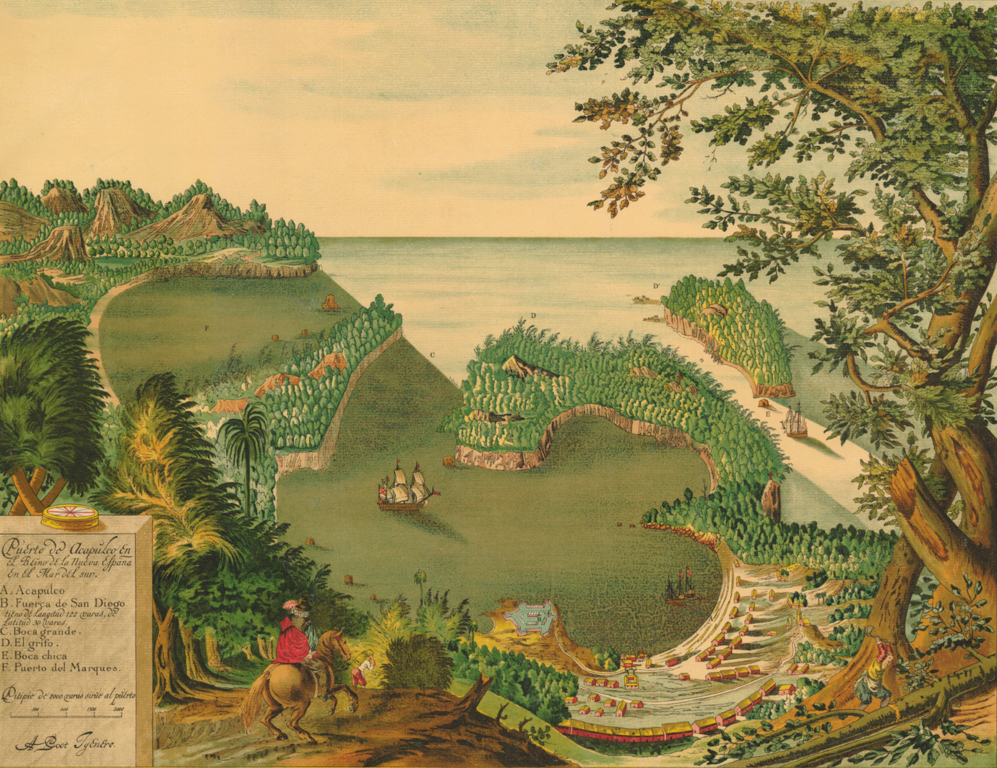
A. REQUIRED READING – DUE APRIL 22
Manila Galleon, Part III (287-361)
Read online (PDF format)
Presentations:
Apr 15 Georgia
Apr 17
QUESTION: If you could only ask one question about Spain and her colonies in the period 1500-1700, what would that question be, and why would that particular question be important?
Apr 22- WEEK 14
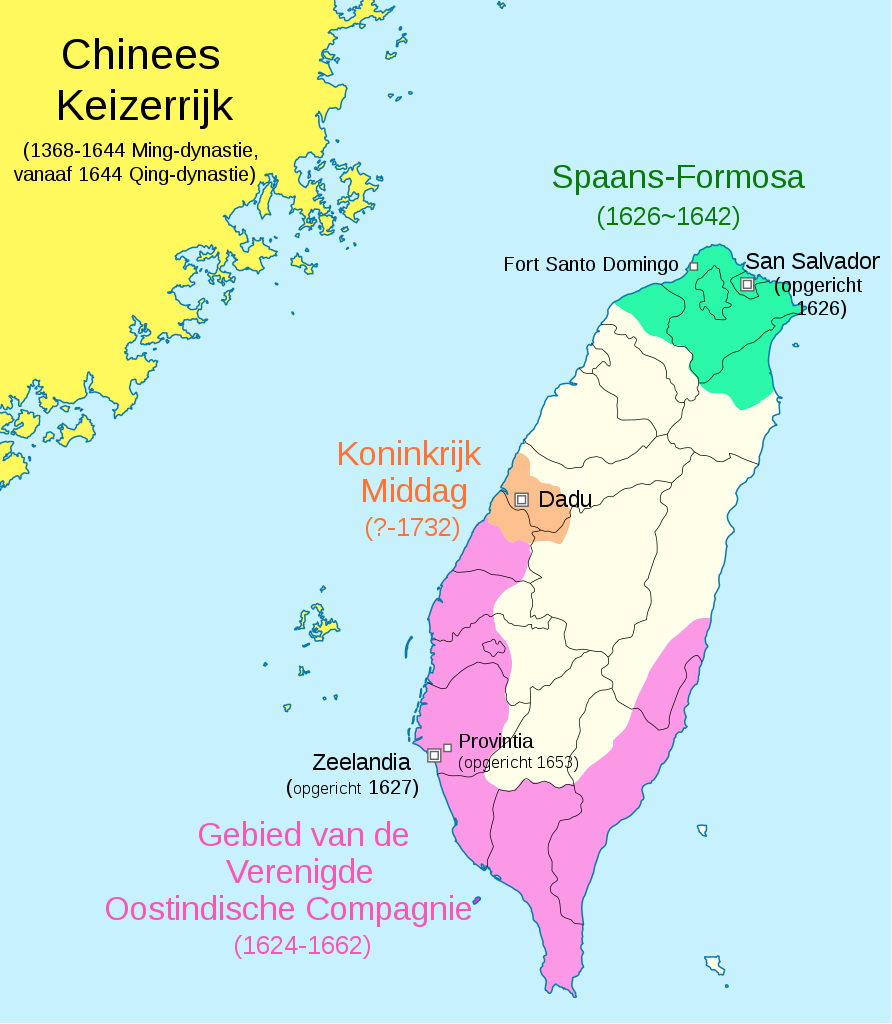
A.REQUIRED READING – DUE APRIL 29
Manila Galleon, Part IV (361-408)
Read online (PDF format)
The Spanish Experience in Taiwan (1-53)
Presentations:
Apr 22 Marcos and Chase
Apr 24
QUESTION: Why did the Dutch wait until the 1600s to try for a position in the South Pacific?
Apr 29- WEEK 15
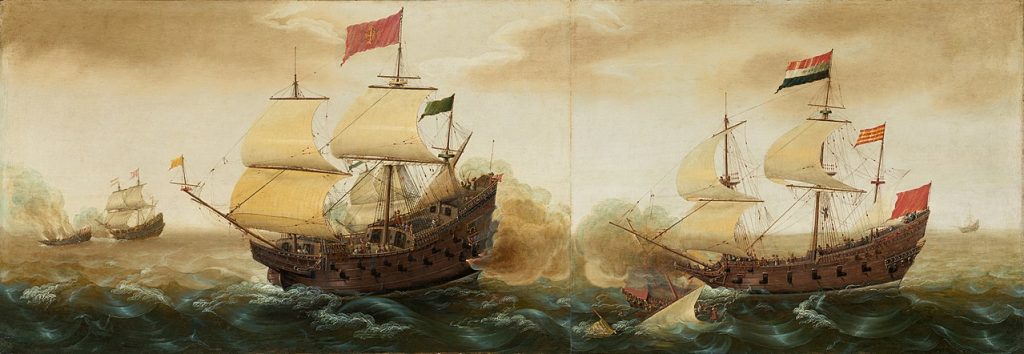
A. REQUIRED READING – DUE MAY 6
The Spanish Experience in Taiwan (53-135)
Andrade, T, How Taiwan Became Chinese Chapters 4 and 5.
Presentations:
Apr 29
may 1
QUESTION: Spanish officials in the Pacific region were of two minds as far as the importance of holding the Spanish base on Taiwan. What were the arguments for and against? How did the king in Madrid feel about all of this?
May 6 – WEEK 16
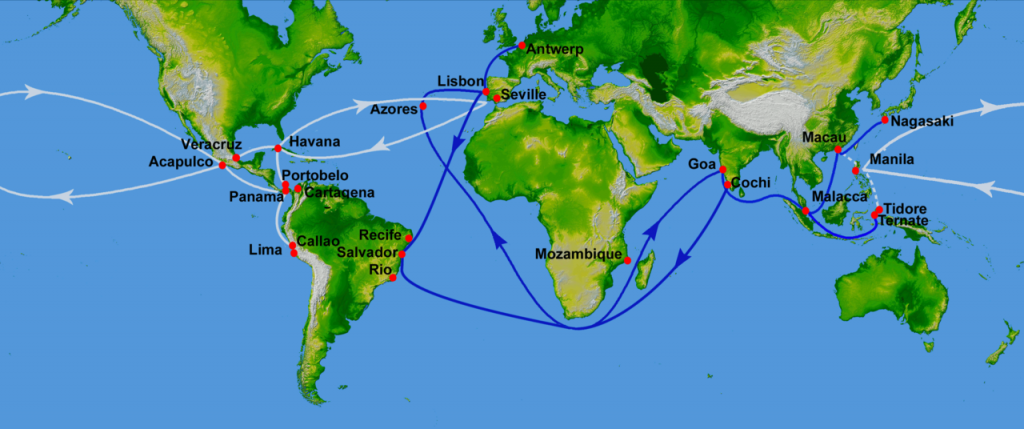
The Spanish Experience in Taiwan (135-206) recommended reading.
As you can see from the map above, the sixteenth and seventeenth centuries had vibrant world trade – and the map only shows Iberian routes, not those of the English or Dutch,
This week is your opportunity to think about the significance of Iberian expansion into the Pacific.
May 13 FINAL EXAM WEEK
Final exam questions and directions will be emailed to you on Sunday evening. Your final exam is due on Wednesday, May 15th, by 11:59 p.m., to halavais@sonoma.edu.
